What Are The Symptoms Of Gallstones?
Bile is required for the proper digestion of food in the small intestine. Bile is produced in an individual's gallbladder and stored there until it is needed in the small intestine. When food hits the small intestine, a hormone is released that causes bile to move from the gallbladder to the small intestine. Gallstones are caused by an imbalance of substances in an individual's bile, where they exceed their solubility threshold and begin to particulate and form into crystals. Gallstones are diagnosed with tests such as a physical examination, ultrasound, abdominal CT scan, gallbladder radionuclide scan, endoscopic retrograde cholangiopancreatography, and blood tests. Treatment for gallstones may include surgery, medication to dissolve the stones, shock wave lithotripsy, diet changes, and weight loss.
Back Pain
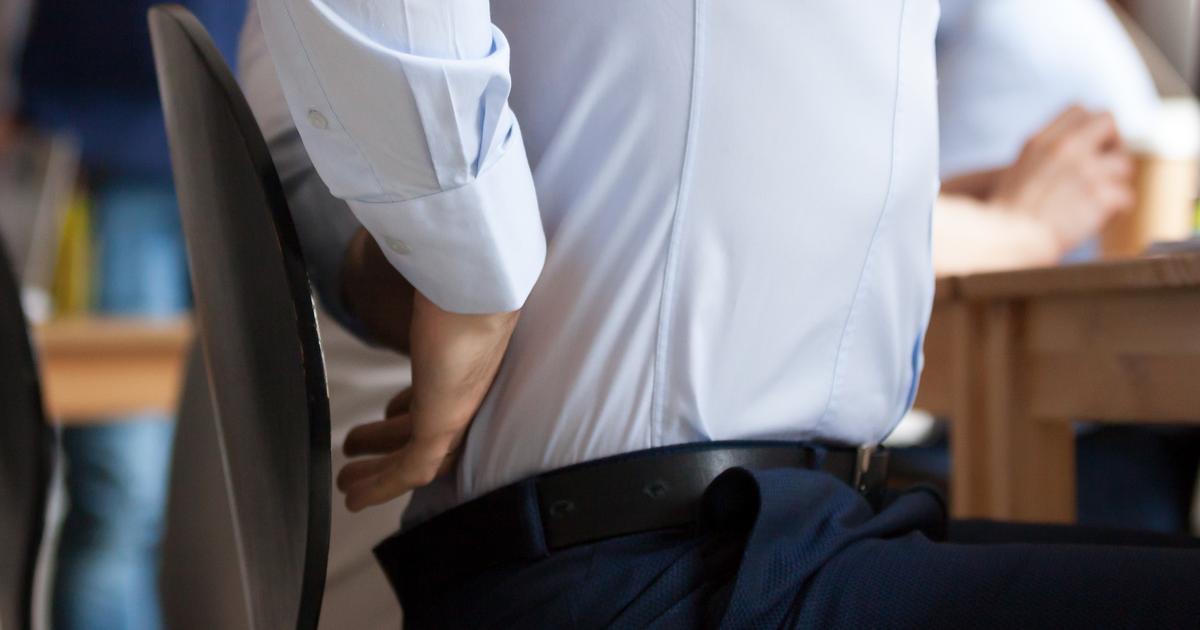
The most common type of back pain due to gallstones is referred to as interscapular pain, or pain that occurs between the shoulder blades. Individuals who have gallstones tend to feel this referred pain after they consume a meal high in fat. Episodic attacks of back pain may occur when a gallstone begins to obstruct the bile duct or grows too large. These episodic attacks include a severe and steady pain that radiates from the upper abdomen to the middle and upper back in between the shoulders. Gallstones can also produce pancreatitis when they move into the pancreatic duct and stop digestive enzymes from reaching the small intestine. When the digestive enzymes are produced by the pancreas, they have a certain amount of time where they stay inactivated. By the time they travel to the small intestine, they become activated to do their job. When the enzymes activate prematurely, they cause corrosive inflammation of the pancreatic tissues, producing pain in the upper abdomen and back.
Abdominal Pain
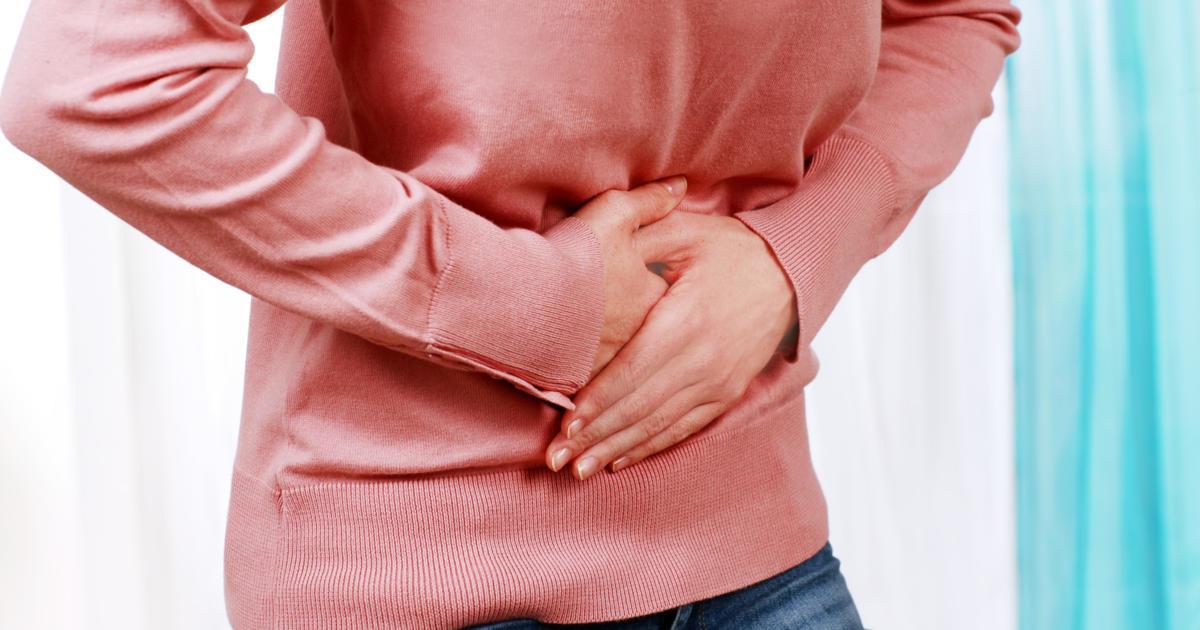
The gallbladder is located in the top right-hand quadrant of the abdomen, sitting just underneath the liver behind the stomach. The abdomen contains numerous organs that fit into a tight compartment comprised of connective tissue that keeps everything in its place. While this connective tissue fascia can expand to a certain extent, it is only so flexible. Gallstones can cause infection and inflammation of the gallbladder when they fully or partially obstruct the bile ducts. Pancreatic tissues may also become inflamed if the gallstone stops the digestive enzymes from leaving the pancreatic tissues before they become activated and corrosive. The liver can become enlarged when the gallstones block bile from reaching the small intestine and causes it to accumulate in the organ. When these abdominal organs become swollen and inflamed, they also become compressed inside of the abdominal fascia. This mechanism compresses and irritates numerous nerves in the abdomen that send signals to the brain. The signals from these nerves are what causes an individual to experience abdominal pain due to gallstones.
Nausea And Vomiting
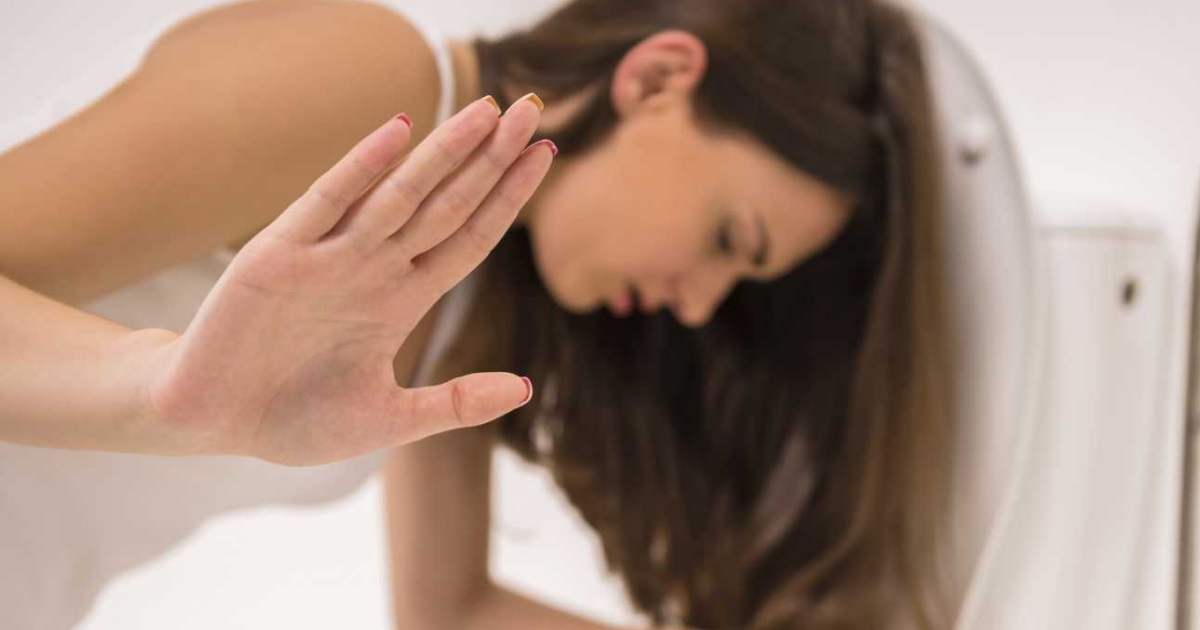
Vomiting is the mechanical action of food coming up from the stomach and being expelled from the mouth. Nausea is feeling the need to vomit (but not vomiting). Gallstones can cause nausea and vomiting in a few different ways. An obstruction in the ducts that carry bile and digestive enzymes to the intestine can cause difficulties with digestion and absorption of food, allowing an overgrowth of bacteria in the gut. Bacteria in the intestines can produce toxins when it grows out of control, which causes inflammation of the tissues and surrounding nerves. The irritated nerves send signals to the brain, causing the activation of the individual's nausea center. Problems with digestion due to a bile duct blockage by a gallstone can also cause the food to stagnate in the digestive tract. This stagnation allows the food to ferment before it is digested and eliminated. The fermentation of stagnated food in the digestive tract is known to produce nausea and vomiting.
Jaundice

Jaundice is a condition where an individual's white of the eye and skin take on an abnormal yellow tint and tone. When gallstones move into the common bile duct that leads to the small intestine, digestive enzymes from the pancreas and bilirubin from the liver cannot reach the small intestine. These substances build up in the gallbladder and bile ducts before they end up spilling over and accumulating in the liver. Bilirubin accumulates in the liver tissues and the blood because it has nowhere else to go. Bilirubin is produced as the liver breaks down old and dead red blood cells. This substance is synthesized in the liver and made into bile for use during digestion. When bilirubin accumulates in the body, the skin takes on a yellow color because bilirubin has a potent yellow pigmentation to it. Bilirubin leeches from the vessels that feed the individual's eyes, which give the white of their eyes the characteristic yellow tint seen with jaundice.
Dark Urine Or Clay-Colored Stool
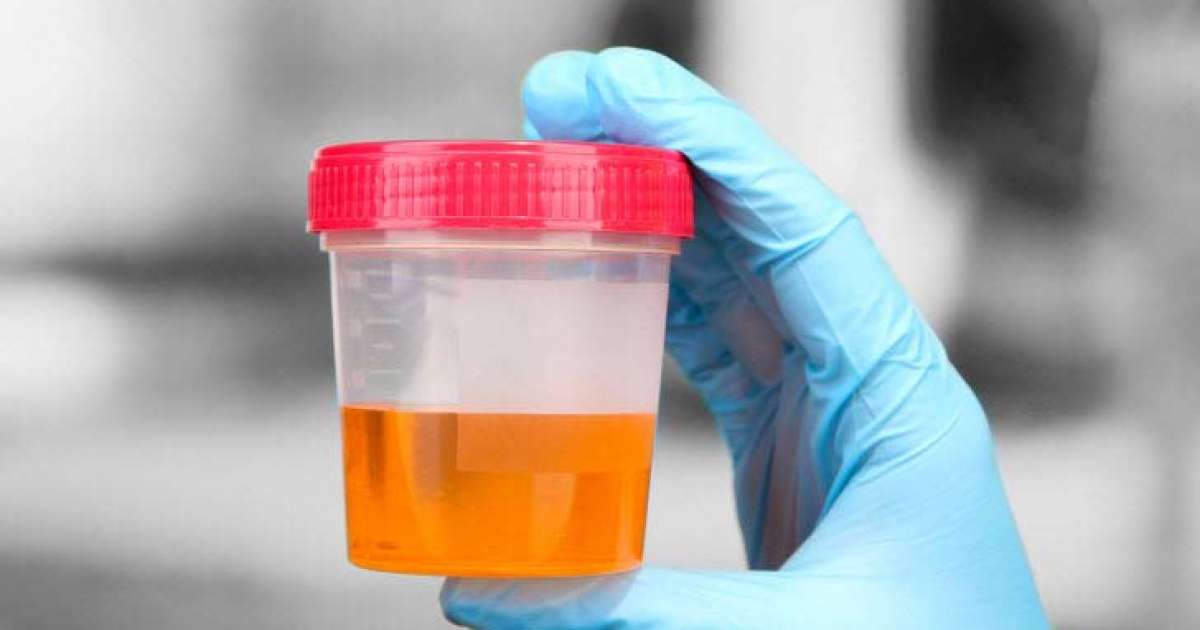
A healthy individual's stool gets its dark color from the bile used in the process of digestion. A small amount of bile in the intestine is absorbed to be re-used, while the remainder is secreted in the stool. Bile is used in the digestive system to enable the breakdown of fats into molecules the intestine can absorb. Fats are the component of food that is the most difficult for the body to digest and takes the longest to digest. An individual with gallstones may experience symptoms related to the absence of bile when the gallstones obstruct the ducts that deliver the bile to the intestine. With a bile duct blockage, no bile can come through to aid in digestion and fats in the food an affected individual consumes are not broken down. These undigested fats remain in the stool until it is excreted. The stool is pale because there is no bile in it, and often has a foul odor as a result of undigested lipids. Darker urine may manifest if bile builds up behind the gallstone blocking it from reaching the intestine.
Fever And Shivering
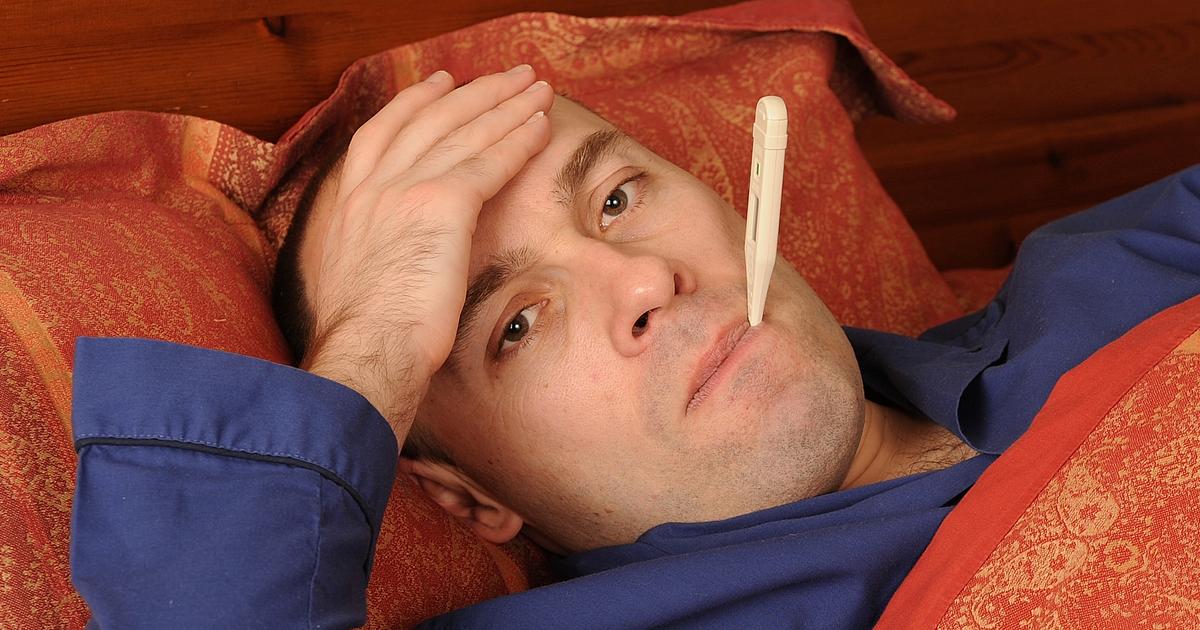
A fever and shivering can occur if individuals develop cholecystitis, gallbladder inflammation, as a result of the gallstone. This can be a very serious complication with life-threatening consequences. If patients suddenly develop a high fever and chills, it's important to see a doctor. High fevers are often a sign of an infection or inflammation. A fever is typically considered high if it reaches 103 degrees Fahrenheit or higher. Inflammation due to gallstones is typically the result of the gallstone blocking the tube that leads out of the gallbladder. If patients don't get the condition treated, they might suffer a gallbladder rupture, which could be fatal. The most common treatment for cholecystitis is the surgical removal of the gallbladder. Patients should talk to their doctor immediately if they have worrying signs of gallstones accompanied by a fever and chills.
Pain After Eating Foods High In Fat

Patients with gallstones might experience pain after eating foods high in fat. The pain typically centers in the abdomen and can range from mild discomfort to severe stabbing or cramping. There are other circumstances in which this pain might be caused by a less serious condition, like irritable bowel syndrome or acid reflux. On the other hand, if gallstones aren't the underlying cause, the abdominal pain might be caused by pancreatic issues or inflammatory bowel disease. The purpose of the gallbladder is to store bile, which is used to help the body digest fats. When high-fat foods enter the stomach, the gallbladder squeezes bile into the intestines to help with digestion. When a gallstone blocks the bile ducts, the bile cannot escape the gallbladder, which leads to a condition called biliary colic. Also called a gallbladder attack, this reaction causes intense pain in the upper right abdomen due to the repeated contracting of the gallbladder. If the pain worsens with time or lasts for over six hours, patients might have acute gallbladder inflammation, which requires emergency medical treatment.
Appetite Loss
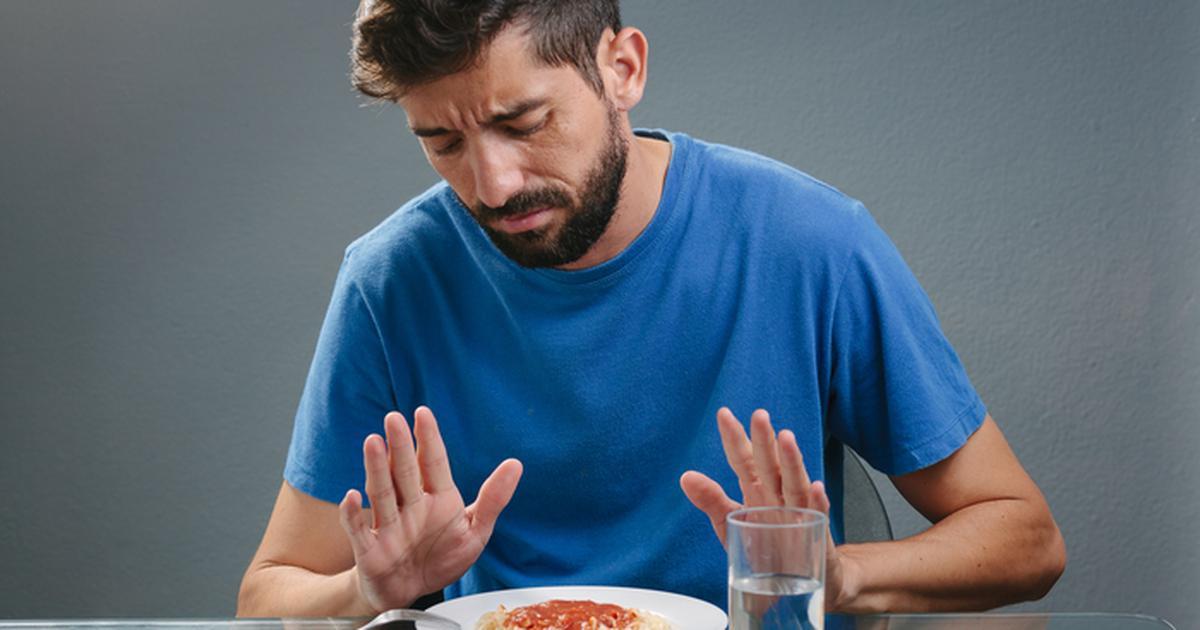
Gallstones can cause the gallbladder's bile ducts to become blocked, and to remove the blockage, the gallbladder will repeatedly contract, leading to pain. This pain can result in a reduction in appetite loss. The pain and appetite loss might last anywhere from fifteen minutes to several hours. When the pain lasts longer than six hours, it indicates a medical emergency. Loss of appetite might encompass a general lack of interest in food, a reduction in the amount of food eaten, or a sudden lack of interest in food that appears in response to pain. Patients with gallstones often also deal with bloating, nausea, and vomiting, all of which can also trigger appetite loss.
Burping
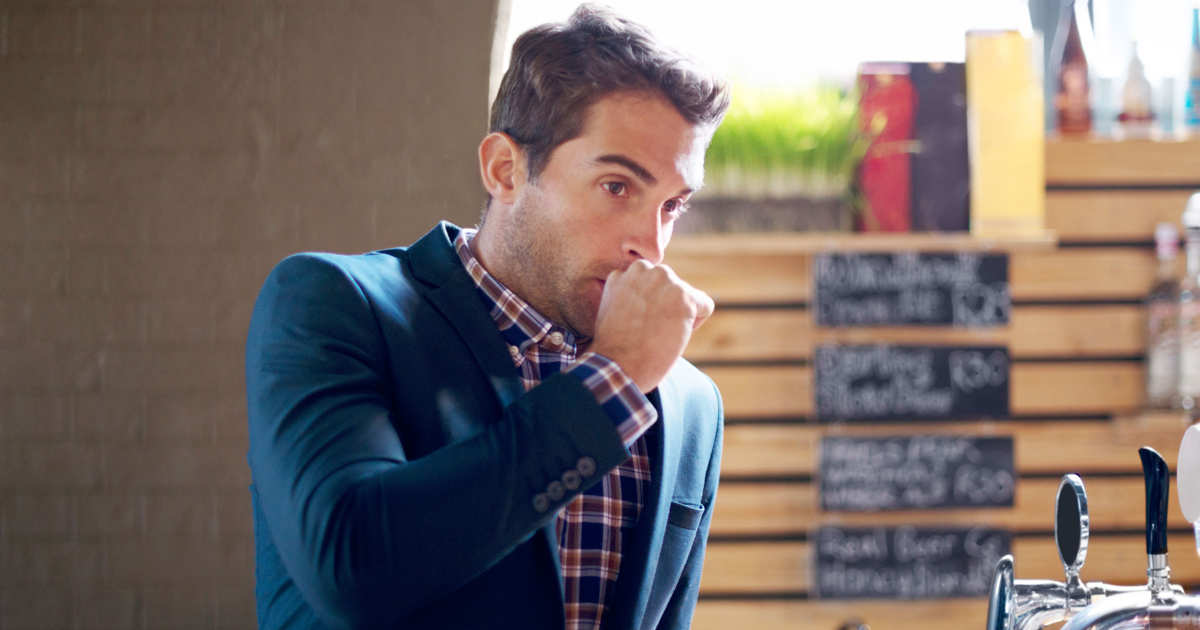
Burping can be a symptom of gallbladder disease caused by gallstones. Excessive burping is most commonly related to swallowing air while eating or drinking. It can also be the result of drinking carbonated beverages, as these contain gases individuals will need to expel. But if individuals haven't changed anything about their lifestyle habits and are still burping more than usual all of a sudden, it might be a sign of an underlying issue. When the burping is related to gallbladder disease and gallstones, it's most commonly accompanied by pain in the right side of the abdomen and upper back. Both the burping and the pain may last for several hours after the affected individual ate.
Diarrhea
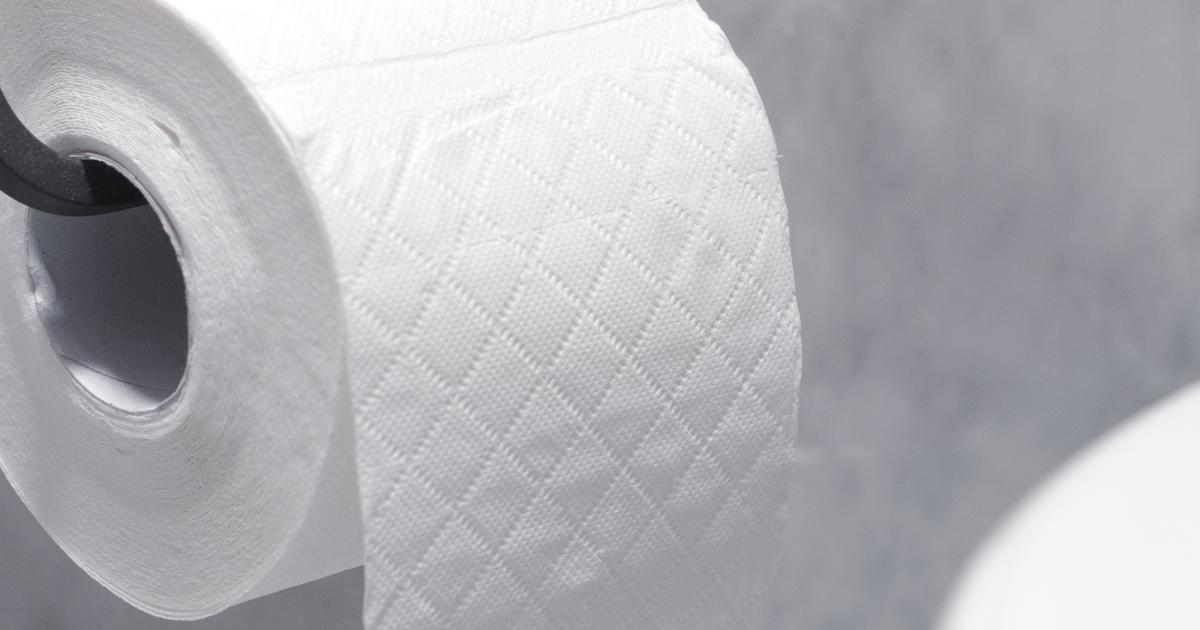
Diarrhea is defined as a loose and watery bowel movement that may be difficult to control. Individuals with loose stools might experience an urgent need to use the bathroom that can impede their quality of life and social functioning. When gallstones lead to serious gallbladder damage, patients might experience a sharp increase in gas and episodes of diarrhea. Typically, increased diarrhea occurs when the body has suffered multiple gallstone attacks or has been dealing with chronic cholecystitis. The more attacks the body weathers, the higher the chances of permanent gallbladder damage. Permanent damage causes the gallbladder to become both rigid and scarred. Indigestion and a feeling of fullness in the abdomen often accompany diarrhea in these cases. Frequent diarrhea without any apparent explanation may be a sign of chronic gallbladder disease. In addition to this, stool that's chalky or light-colored can indicate there's an issue with the bile ducts.
